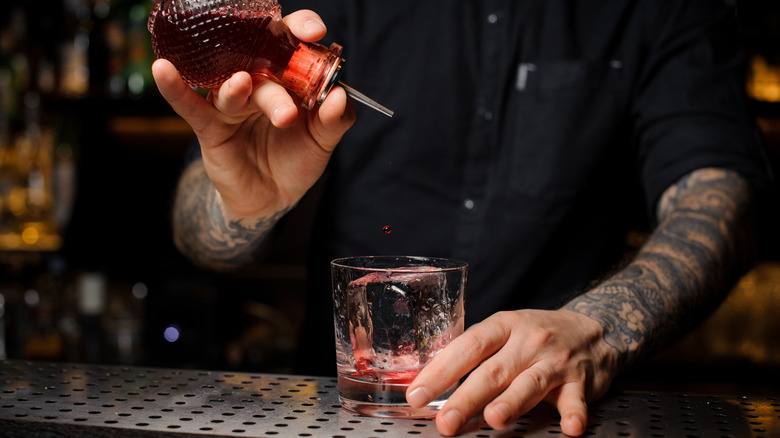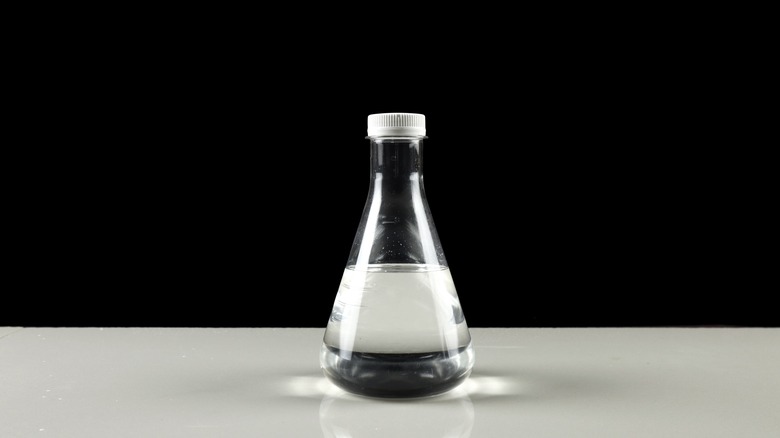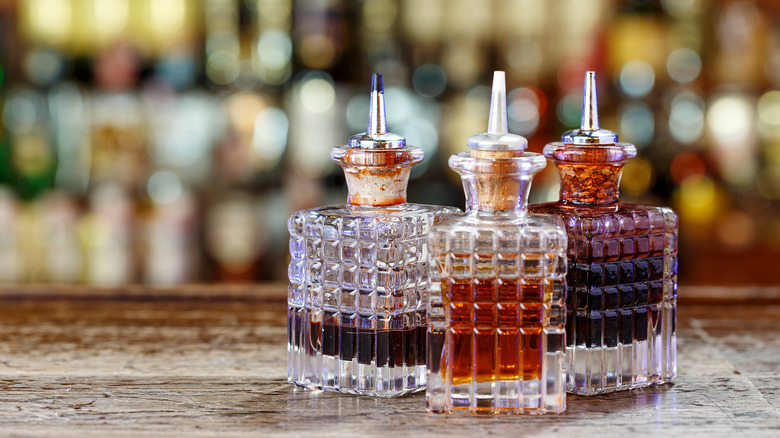What Are Zero-Proof Bitters Really Made Of?
While the use of bitters in alcohol can be dated back potentially as far as at least 3150 B.C., it was in the early 1800s that bitters became more widely produced and available. Often initially used as a treatment for stomach-related ailments, bitters are now a common ingredient used to create some of the most popular cocktails. They are sometimes used for cooking, as well.
One of the world's most well-known brands of bitters, Angostura, was created by German army surgeon Johann Gottlieb Benjamin Siegert. It has been close to 200 years since it was created, and its specific recipe is still heavily guarded by its makers. However, what is known is that, like most bitters, it is made with a combination of spices, herbs, barks, and alcohol.
While bitters have become an essential ingredient for most mixologists, the trend of no-alcohol cocktails poses an issue when it comes to their use. With a typical alcohol content of around 35-45%, teetotalers are giving a hard pass to even a dash or two of traditional bitters. However, creative makers have found a way to recreate bitters with a substitute for alcohol: glycerin.
What are zero-proof bitters?
While bitters are typically made by extracting flavors from spices, botanicals, and other ingredients using alcohol, other solvents can be used. Vinegar, fruit juice, and water are all options, but some makers point to glycerin as the best choice.
Ian Blessing, founder of zero-proof bitter producer All The Bitter, told Some Good Clean Fun, "Glycerin has the advantage of being a great preservative. It's not as effective as alcohol in terms of preservation or flavour extraction, but it does work, and it works better than just about anything else."
Glycerin, an odorless and colorless sugar alcohol, was already being used in conjunction with alcohol to make some bitters, so it's not a huge leap to use it entirely as the solvent for non-alcoholic bitters. And while many may be more accustomed to seeing glycerin on the ingredient list on packages of soaps or lotions, it's also found in a variety of commonly purchased food products like pasta, pudding, and vegetables, too.
How to make and use zero-proof bitters
Zero-proof bitters are available online from makers like Ritual Zero Proof and All The Bitter, but for those that want to get crafty in the kitchen, it's easy enough to make them at home, too. All you need are the ingredients you want to flavor with and glycerin.
Since the flavors may not as easily infuse into glycerin as they do alcohol, it's ideal to use heat to help the process. Some suggest using a sous vide method while others make quick work of whipping up a batch of bitters simply on the stovetop.
Just like their alcoholic counterpart, zero-proof bitters can be used to balance beverages from simple sodas to more complex mocktails. For those that are looking for a way to mimic their favorite cocktails that are known for their incorporation of bitters, like an Old Fashioned or a Manhattan, there are plenty of zero-proof spirits to stir those bitters into, too.


